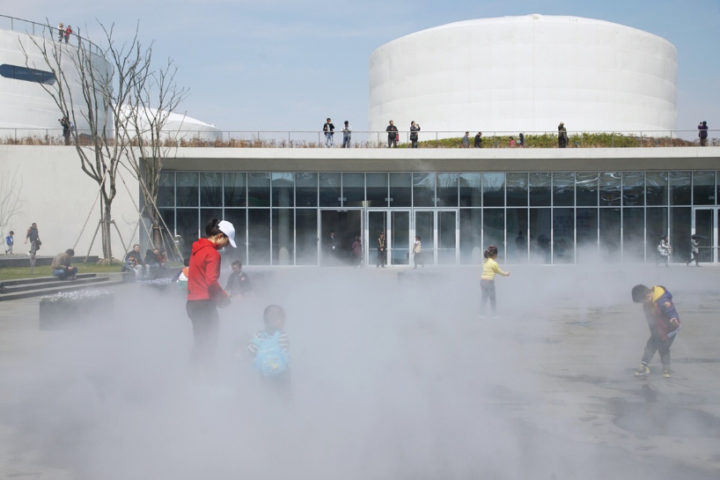Candidates, Why go through a recruitment agency ?
1/ Your chances of finding a job are multiplied If you respond to a job offer published by a recruitment agency, your application will not…
After more than six years of studies and work, OPEN Architecture has delivered “TANK Shanghai,” a new major cultural complex in China. This is proof that industrial containers left fallow for many years can be given a new lease on life.

This establishment dedicated to culture opened its doors less than a month ago, with a digital installation by the Teamlab collective as a key feature, though no longer presented (we have already mentioned it in one of our previous articles). This digital installation is one of the three inaugural exhibitions of the project.
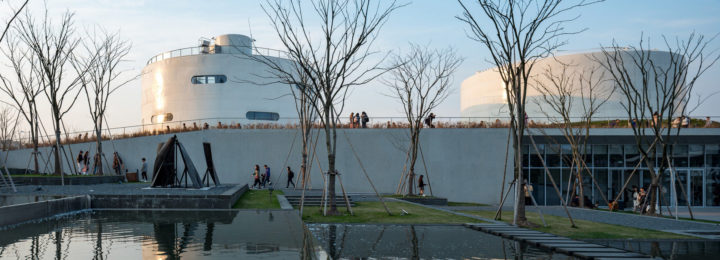
Located on the Huangpu River to the west of the city, the complex was once an airport, and where there’s an airport, there are fuel tanks. OPEN Architecture sought to transform these abandoned fuel tanks into culture containers, paying tribute to the site’s industrial past.
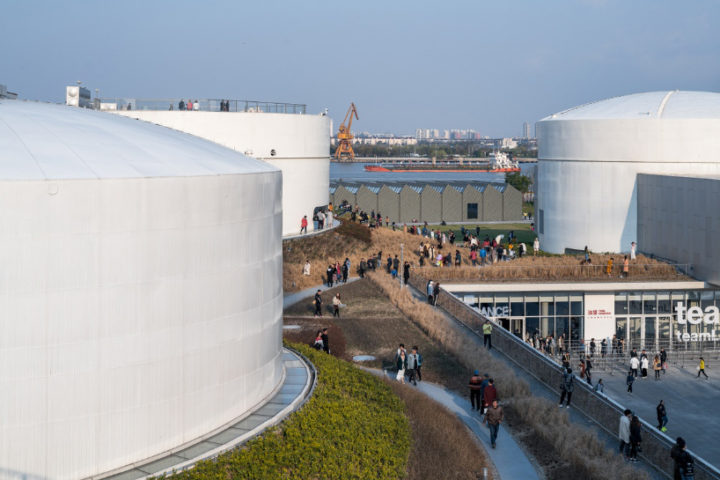
“Each of these transformations, largely preserving the original characteristics of the reservoirs, faced significant design and construction challenges related to the constraints of the existing structure.”
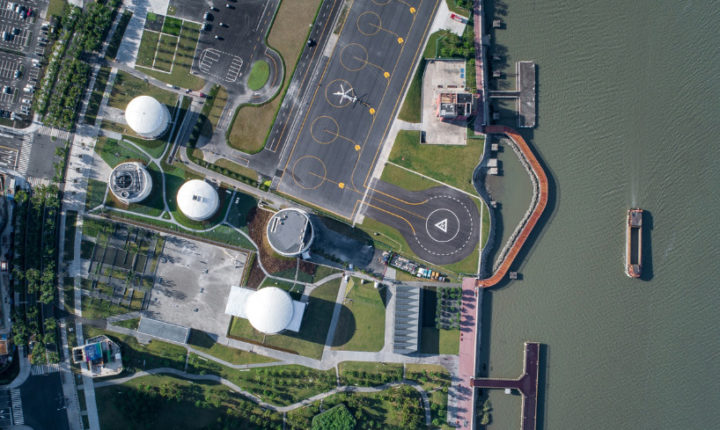
A Z-shaped grassy “super-surface” connects the containers. Two open spaces have been designed with greenery, water features and small galleries. In real forums where you can simply stroll around, visitors will be able to move freely between nature and art and discover the many works exhibited in the various spaces. In the basement, there is a network of traffic lanes connecting the galleries to the fuel tanks.

There are also many small roads to move from one tank to another because everything is connected. One of these tanks has been converted into a concert space with excellent acoustics, of course. Another of these tanks houses a restaurant, and finally the last one is purely dedicated to art where three exhibition spaces are located.
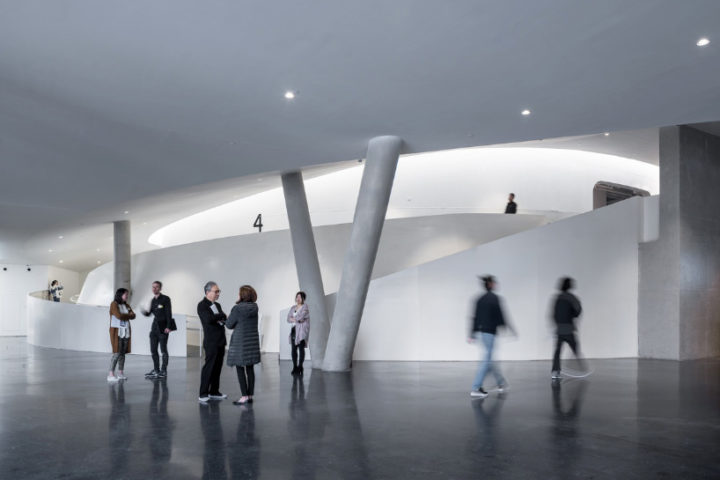
Teamlab, whose exhibition is entitled “The Universe of Water Particles in the Reservoir,” will soon be joined by a collective exhibition of contemporary Chinese artists and the solo exhibition of Argentine sculptor Adrian Villar Rojas.

A small record announced by OPEN, no less than 10,000 visitors came to the opening of the site’s first exhibitions, which is cause for optimism for the coming weeks.
